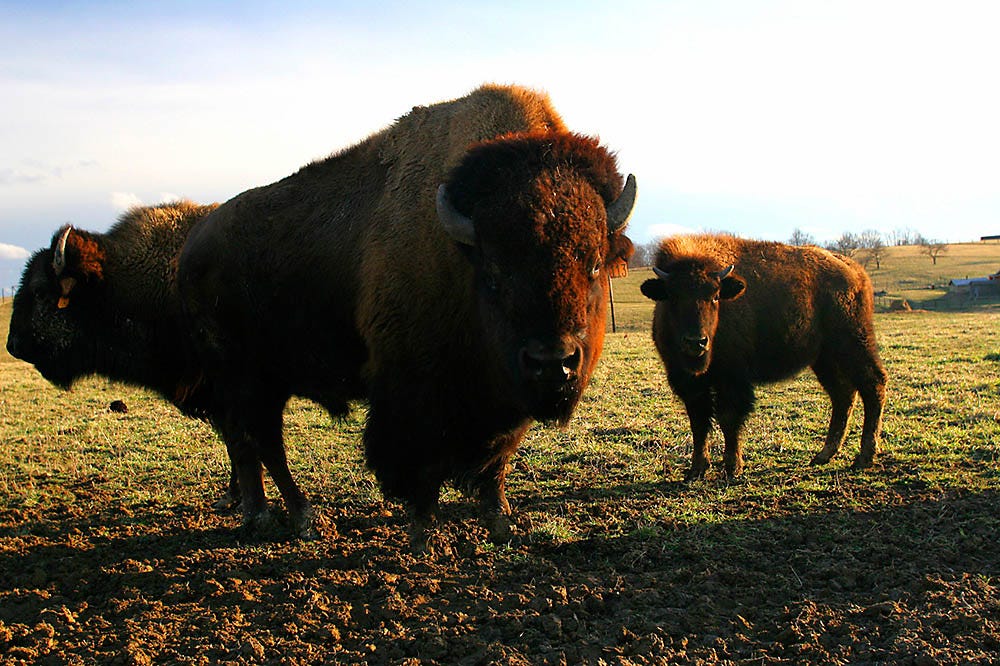Bison and Buffalo Fence Tips

Bison still maintain many of their wild tendencies and are only semi-domesticated. They are becoming increasingly popular as an alternative livestock for grass-based operations, many of which are smaller scale operations. Given their semi-wild nature, a sturdy containment system is vital.
The two most common fencing systems used for bison are 5 strands high of either barbed or high-tensile wire. However, high-tensile wire systems have been found to be the most effective at containment. Recommendations on number of wires can range from 3 to 8, with at least 3 wires being electrified.
Typically, bison will not pressure fences if adequate water and food is available. Bison are more athletic than cattle and able to jump higher, therefore fences should be at least 5 feet tall. In areas where snow can build up, you may want to consider increasing the height of the fence.
Similar to bulls, you should maintain a voltage of 3,000 – 4,000 volts for bison on fence lines using a low impedance fence charger.
The ultimate key to containing bison is to satisfy their food and water requirements. A content bison will stay within the fenced area if these needs are met. Almost no barrier can stop a hungry bison.
